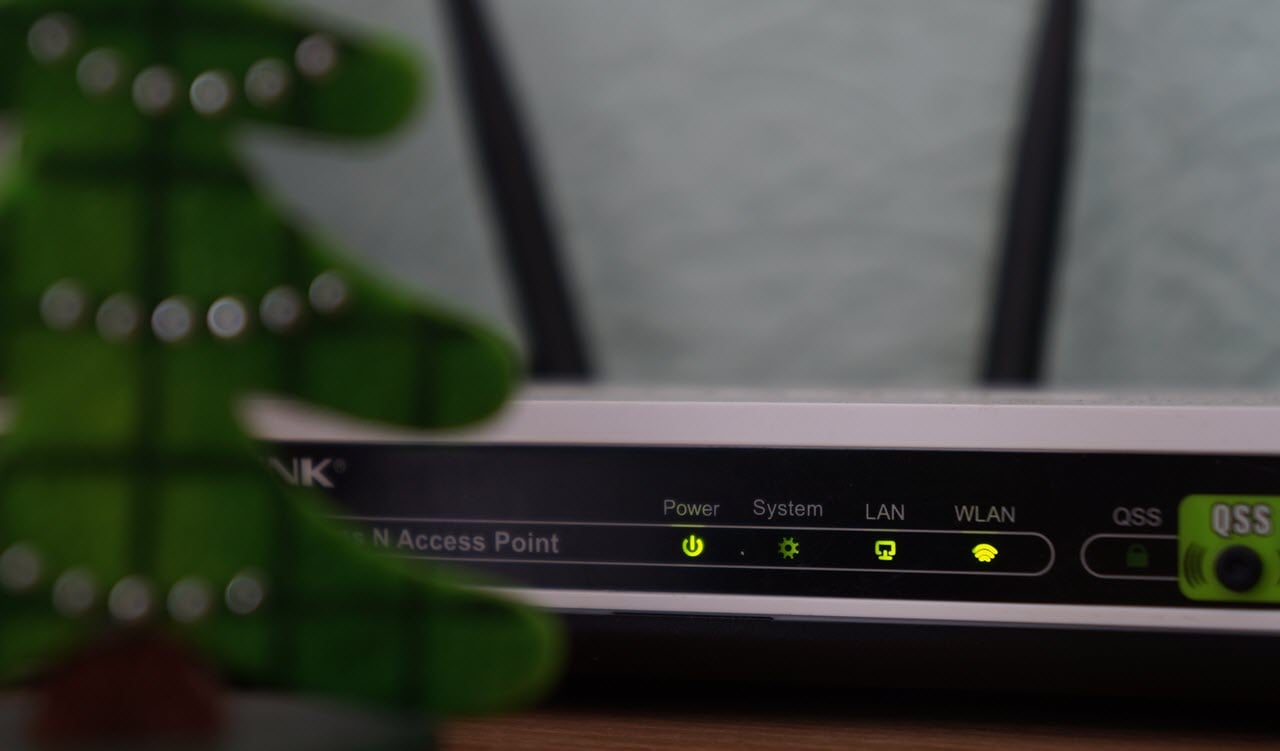Photo by Jivacore/Shutterstock.com
A previously unknown type of malware targeting Linux systems has been uncovered. Named ‘Bootkitty,’ this UEFI bootkit is the first of its kind to focus on compromising Linux environments, bypassing key security measures such as Secure Boot and kernel signature.
While still in its early stages, the bootkit’s capabilities highlight a growing sophistication in cyber threats and raise concerns about the potential expansion of attacks against systems long considered more secure than their Windows counterparts.
Bootkitty’s primary objective is to disable the Linux kerne’s signature verification mechanism and preload unknown ELF binaries during the system startup process. Despite its sophistication, Bootkitty is laden with indicators of being a proof-of-concept (PoC).
For instance, it features two unused functions that display ASCII art and a list of potential developer names, raising speculation about its developmental origins.

Bootkitty patches the decompressed Linux kernel at specific hardcoded offsets, potentially leading to crashes if the target kernel version is unsupported. The bootkit hooks critical UEFI security functions to bypass Secure Boot verification mechanisms.
It modified the ‘module_sig_check’ function to allow the loading of unsigned kernel modules, bypassing critical security barriers. Bootkitty uses the ‘LD_PRELOAD’ environment variable to inject malicious binaries during the system initialisation.
Bootkitty’s reliance on hardcoded patterns for targeting specific kernel and GRUB versions limits its compatibility. Furthermore, its incomplete nature — evidenced by frequent system crashes and non-functional features — suggests that it is either a developmental prototype or an early iteration of a larger malicious framework.

Alongside Bootkitty, researchers analysed a potentially related unsigned kernel module dubbed ‘BCDropper.’ This module, which was submitted to VirusTotal concurrently with Bootkitty, exhibits striking similarities, including shared debug symbols referencing ‘BlackCat.’
BCDropper deploys another ELF binary, ‘BCObserver,’ which waits for the system’s display manager to initiate before loading an unknown kernel module.
While connections between Bootkitty and BCDroper remain speculative, their coexistence highlights the possibility of a coordinated attack framework designed to compromise Linux systems.
Bootkitty has significant implications for Linux system security. Its ability to bypass Secure Boot and load unsigned kernel modules undermines fundamental safeguards. Indicators such as modified kernel banners and environment variables provide telltale signs of infection, but mitigation requires proactive measures.
“Whether a proof of concept or not, Bootkitty marks an interesting move forward in the UEFI threat landscape, breaking the belief about modern UEFI boot kits being Windows-exclusive threats. Even though the current version from VirusTotal does not, at the moment, represent a real threat to the majority of Linux systems, it emphasizes the necessity of being prepared for potential future threats,” researchers concluded.
Researchers have urged organisations to enable UEFI Secure Boot, maintain system updates, and monitor for anomalies such as modified kernel banners and unexpected taints in kernel diagnostics.
In the News: Microsoft’s plans for Xbox games on Android hit legal roadblock






